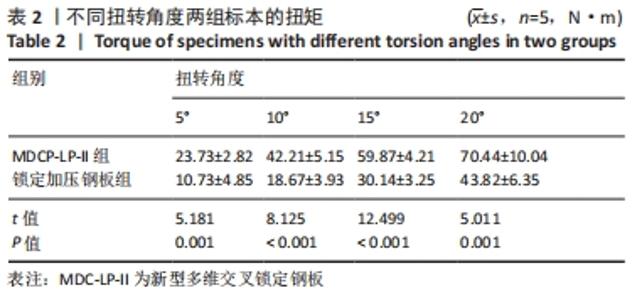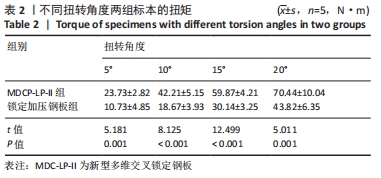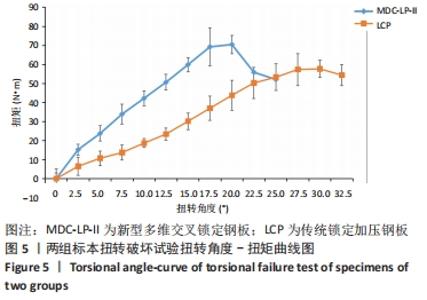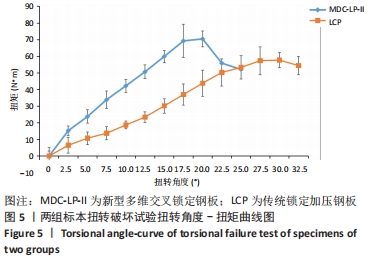[1] 张杰荣, 熊时喜, 田晓林, 等. 股骨近端解剖型锁定加压钢板和防旋型髓内钉内固定修复股骨转子下长段粉碎性骨折:非随机对照临床研究[J]. 中国组织工程研究,2019,23(16):2493-2499.
[2] LEWIS SR, MACEY R, GILL JR, et al. Cephalomedullary nails versus extramedullary implants for extracapsular hip fractures in older adults. Cochrane Database Syst Rev. 2022;1(1):CD000093.
[3] XIE H, XIE L, WANG J, et al. Intramedullary versus extramedullary fixation for the treatment of subtrochanteric fracture: A systematic review and meta-analysis. Int J Surg. 2019;63:43-57.
[4] PRASARN ML, CATTANEO MD, ACHOR T, et al. The effect of entry point on malalignment and iatrogenic fracture with the Synthes lateral entry femoral nail. J Orthop Trauma. 2010;24(4):224-229.
[5] STREUBEL PN, WONG AH, RICCI WM, et al. Is there a standard trochanteric entry site for nailing of subtrochanteric femur fractures? J Orthop Trauma. 2011;25:202-207.
[6] LOTZIEN S, RAUSCH V, SCHILDHAUER TA, et al. “Revision of subtrochanteric femoral nonunions after intramedullary nailing with dynamic condylar screw”. BMC Musculoskelet Disord. 2018;19(1):448.
[7] 聂少波,张伟,张里程,等.股骨转子间骨折术后内固定失效的危险因素研究进展[J].中华创伤骨科杂志,2021,23(3):233-238.
[8] DEROGATIS MJ, KANAKAMEDALA AC, EGOL KA. Management of Subtrochanteric Femoral Fracture Nonunions. JBJS Rev. 2020;8(6): e1900143.
[9] SHIN WC, JANG JH, MOON NH, et al. Is open bone graft always necessary when treating aseptic subtrochanteric nonunion with a reamed intramedullary nail?. BMC Musculoskelet Disord. 2021;22(1):145.
[10] LO YC, SU YP, HSIEH CP, et al. Augmentation Plate Fixation for Treating Subtrochanteric Fracture Nonunion. Indian J Orthop. 2019;53(2):246-250.
[11] WANG Z, LI K, GU Z, et al. The risk assessment model of fracture nonunion after intramedullary nailing for subtrochanteric femur fracture. Medicine (Baltimore). 2021;100(12):e25274.
[12] MARDANI-KIVI M, KARIMI MOBARAKEH M, KEYHANI S, et al. Double-plate fixation together with bridging bone grafting in nonunion of femoral supracondylar, subtrochanteric, and shaft fractures is an effective technique. Musculoskelet Surg. 2020;104(2):215-226.
[13] MITTAL KK, AGARWAL A, RAJ N. Management of Refractory Aseptic Subtrochanteric Non-union by Dual Plating. Indian J Orthop. 2021; 55(3):636-645.
[14] CAYLAK R, ORS C, TOGRUL E. Minimum 10-Year Results of Cementless Ceramic-On-Ceramic Total Hip Arthroplasty Performed With Transverse Subtrochanteric Osteotomy in Crowe Type IV Hips. J Arthroplasty. 2021;36(10):3519-3526.
[15] DIETZE C, BRAND A, FRIEDERICHS J, et al. Results of revision intramedullary nailing with and without auxillary plate in aseptic trochanteric and subtrochanteric nonunion. Eur J Trauma Emerg Surg. 2021 Apr 16. doi: 10.1007/s00068-021-01664-6.
[16] PARK KC, OH CW, KIM JW, et al. Minimally invasive plate augmentation in the treatment of long-bone non-unions. Arch Orthop Trauma Surg. 2017;137(11):1523-1528.
[17] ZHANG W, HAO M, CHANG Z, et al. Comparison of a multidimensional cross locking plate versus a locking compression plate for the treatment of femoral shaft nonunion: Finite element analysis. Med Eng Phys. 2020;83:106-111.
[18] WANG J, LI H, JIA H, et al. Intramedullary versus extramedullary fixation in the treatment of subtrochanteric femur fractures: A comprehensive systematic review and meta-analysis. Acta Orthop Traumatol Turc. 2020;54(6):639-646.
[19] MCCONNELL A, ZDERO R, SYED K, et al. The Biomechanics of Ipsilateral Intertrochanteric and Femoral Shaft Fractures: A Comparison of 5 Fracture Fixation Techniques. J Orthop Trauma. 2008;22(8):517-524.
[20] WÄHNERT D, HOFFMEIER KL, VON OLDENBURG G, et al. Internal fixation of type-C Distal femoral fractures in osteoporotic bone.J Bone Joint Surg Am. 2010;92(6):1442-1452.
[21] GARNAVOS C. Treatment of aseptic non-union after intramedullary nailing without removal of the nail. Injury. 2017;48 Suppl 1:S76-S81.
[22] ULIANA CS, BIDOLEGUI F, KOJIMA K, et al. Augmentation plating leaving the nail in situ is an excellent option for treating femoral shaft nonunion after IM nailing: a multicentre study. Eur J Trauma Emerg Surg. 2021;47(6):1895-1901.
[23] ROBERTSON R, TUCKER M, JONES T. Provisional plating of subtrochanteric femur fractures before intramedullary nailing in the lateral decubitus position. J Orthop Trauma.2018;32:e151-e156.
[24] MEDLOCK G, STEVENSON IM, JOHNSTONE AJ. Uniting the un-united: should established non-unions of femoral shaft fractures initially treated with IM nails be treated by plate augmentation instead of exchange IM nailing? A systematic review. Strategies Trauma Limb Reconstr. 2018;13(3):119-128.
[25] 马显志, 张伯松, 王满宜, 等.辅助钢板治疗股骨干骨折髓内钉固定术后骨折不愈合的生物力学研究[J].中华创伤骨科杂志,2016, 18(2):158-162.
[26] ELMARAGHY AW, ELMARAGHY MW, NOUSIAINEN M, et al. Influence of the number of cortices on the stiffness of plate fixation of diaphyseal fractures. J Orthop Trauma. 2001;15(3):186-191.
[27] Arango D, Tiedeken N, Clippinger B, et al. Biomechanical analysis of four external fixation pin insertion techniques. Orthop Rev (Pavia). 2017;9(3):7067.
[28] JIN YF, XU HC, SHEN ZH, et al. Comparing Augmentative Plating and Exchange Nailing for the Treatment of Nonunion of Femoral Shaft Fracture after Intramedullary Nailing: A Meta-analysis. Orthop Surg. 2020;12(1):50-57.
|





